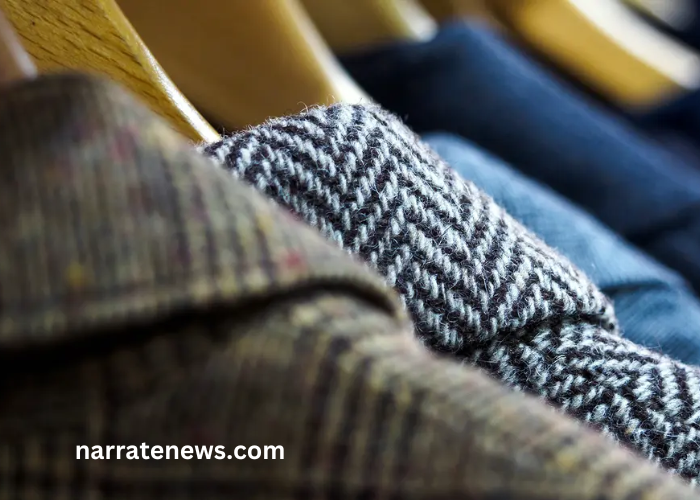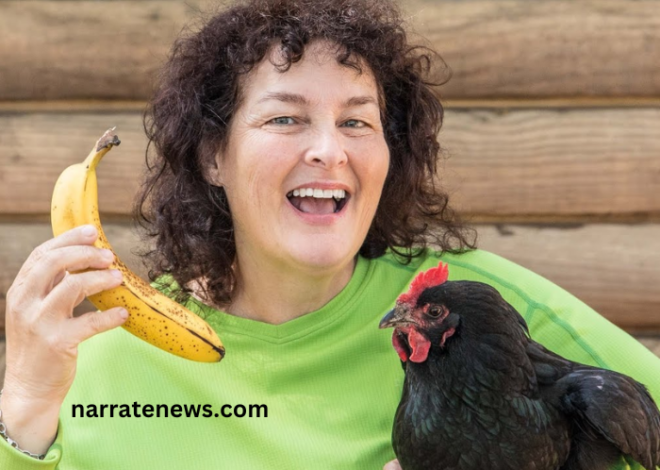
Fabric for a Wool Jacket
When it comes to crafting a timeless and versatile piece of clothing, few garments can rival the wool jacket. Known for its durability, warmth, and classic appeal, a wool jacket is a staple in both men’s and women’s wardrobes. However, the quality and characteristics of a wool jacket largely depend on the type of wool fabric used. In this article, we will delve into the various fabrics suitable for a wool jacket, exploring their properties, benefits, and ideal uses.
1. Understanding Wool: A Natural Wonder
Wool is a natural fiber obtained from sheep and other animals such as goats (cashmere and mohair), rabbits (angora), and alpacas. It has been used for thousands of years due to its unique properties:
- Insulation: Wool fibers trap air, providing excellent insulation and keeping the wearer warm.
- Breathability: Wool is highly breathable, allowing moisture to escape and keeping the body dry.
- Durability: Wool fibers are elastic and resilient, making them resistant to wear and tear.
- Water Resistance: Wool can absorb up to 30% of its weight in moisture without feeling wet, making it resistant to light rain and snow.
2. Types of Fabric for a Wool Jacket
Several types of wool fabrics are ideal for making jackets, each with its unique characteristics and benefits. Here are some of the most popular options:
A. Merino Wool
Properties: Merino wool comes from Merino sheep, known for their fine and soft wool. It is lightweight, breathable, and has excellent moisture-wicking properties.
Benefits: Merino wool is soft against the skin, making it ideal for jackets that will be worn directly over other clothing. It provides good insulation while remaining lightweight and comfortable.
Ideal Uses: Merino wool jackets are perfect for layering and are suitable for both casual and formal occasions. They are especially favored for outdoor activities due to their breathability and moisture management.
B. Tweed
Properties: Tweed is a rough, woolen fabric with a soft, open, and flexible texture. It is usually woven in a plain weave or twill weave, and it often features a variety of patterns like houndstooth, herringbone, and check.
Benefits: Tweed is known for its durability and warmth. It is a heavy fabric that provides excellent insulation, making it perfect for colder climates.
Ideal Uses: Tweed jackets are often associated with British country style and are popular for outdoor activities like hunting and shooting. They are also fashionable in urban settings, offering a rugged yet sophisticated look.
C. Cashmere
Properties: Cashmere wool comes from the undercoat of cashmere goats. It is extremely soft, lightweight, and provides superior insulation compared to sheep’s wool.
Benefits: Cashmere is luxurious and comfortable, offering a high warmth-to-weight ratio. It is softer and finer than most other types of wool.
Ideal Uses: Cashmere jackets are ideal for formal wear and special occasions. They provide an elegant appearance and are incredibly comfortable to wear.
D. Melton
Properties: Melton wool is a densely woven fabric that is thick, smooth, and durable. It has a felt-like feel and a slightly glossy surface due to its tight weave.
Benefits: Melton is highly wind-resistant and provides excellent insulation. Its durability makes it suitable for heavy-duty use.
Ideal Uses: Melton wool is commonly used in military uniforms and outerwear. It is ideal for heavy-duty winter jackets and coats designed for harsh weather conditions.
E. Herringbone
Properties: Herringbone is a twill weave fabric that features a distinctive V-shaped pattern. It is typically made from wool and has a smooth texture with a bit of heft.
Benefits: Herringbone wool is durable, warm, and stylish. The unique pattern adds visual interest to the jacket.
Ideal Uses: Herringbone wool jackets are versatile and can be worn in both casual and formal settings. They are particularly popular for business attire and smart-casual outfits.
3. Selecting the Right Wool Fabric
When choosing the right wool fabric for a jacket, several factors should be considered:
A. Climate and Weather
The primary function of a wool jacket is to provide warmth. Therefore, the climate and weather conditions where the jacket will be worn play a crucial role in fabric selection:
- For extremely cold climates, thick and heavy fabrics like Melton and tweed are ideal.
- For milder climates, lighter options like Merino wool and cashmere are more suitable.
B. Intended Use
Consider the purpose of the jacket:
- For outdoor activities and rugged use, durable fabrics like tweed and Melton are preferable.
- For formal or business settings, finer fabrics like cashmere and herringbone wool offer a polished look.
C. Style and Aesthetics
The fabric’s texture, pattern, and color will influence the jacket’s overall style:
- Tweed and herringbone offer classic patterns that add character to the jacket.
- Solid colors in Melton and cashmere provide a sleek and sophisticated appearance.
D. Comfort
Comfort is paramount, especially if the jacket will be worn for extended periods:
- Merino wool and cashmere are known for their softness and comfort against the skin.
- Tweed and Melton, while durable, may require lining for added comfort.
4. Care and Maintenance of Wool Jackets
Proper care and maintenance are essential to preserve the quality and longevity of wool jackets. Here are some tips for caring for different types of wool fabrics:
A. General Care
- Brushing: Regularly brush the jacket with a soft-bristle clothes brush to remove dust and dirt.
- Airing Out: After wearing, hang the jacket in a well-ventilated area to air out and prevent odors.
- Storage: Store wool jackets in a cool, dry place. Use padded hangers to maintain the shape and avoid stretching the fabric.
B. Cleaning
- Spot Cleaning: For minor stains, gently blot the area with a clean cloth and cold water. Avoid rubbing, as this can damage the fibers.
- Dry Cleaning: Wool jackets should be dry cleaned to maintain their quality. Check the care label for specific instructions.
C. Dealing with Pilling
Pilling, or the formation of small balls of fiber on the fabric surface, is common in wool garments:
- Use a fabric shaver or a fine-toothed comb to gently remove pills.
- Avoid excessive friction and abrasion to minimize pilling.
5. Sustainable and Ethical Considerations
As consumers become more conscious of environmental and ethical issues, the demand for sustainable and ethically sourced wool has increased. Here are some factors to consider:
A. Ethical Wool Sourcing
- Animal Welfare: Look for wool sourced from farms that prioritize the welfare of their animals. Certifications like Responsible Wool Standard (RWS) ensure that sheep are treated humanely.
- Environmental Impact: Choose wool products from manufacturers that implement sustainable practices, such as reducing water and energy consumption and minimizing chemical use.
B. Recycled Wool
Recycled wool is an eco-friendly option that reduces waste and conserves resources:
- Recycled wool is made from post-consumer wool garments and pre-consumer wool waste.
- It retains the desirable properties of virgin wool while promoting sustainability.
Conclusion: Crafting the Perfect Wool Jacket
A wool jacket is a versatile and timeless addition to any wardrobe, offering warmth, durability, and style. Selecting the right wool fabric involves considering factors such as climate, intended use, style, and comfort. Whether opting for the rugged appeal of tweed, the luxurious softness of cashmere, or the practical durability of Melton, each type of wool fabric brings unique benefits to the table.
In today’s environmentally conscious world, making informed choices about the sourcing and sustainability of wool is also crucial. By prioritizing ethical practices and sustainable options, consumers can enjoy the comfort and elegance of wool jackets while supporting a more responsible fashion industry.
Ultimately, the perfect wool jacket is one that not only meets your practical needs and style preferences but also aligns with your values. By understanding the different types of wool fabrics and their properties, you can make a well-informed decision and invest in a garment that will serve you well for years to come.


